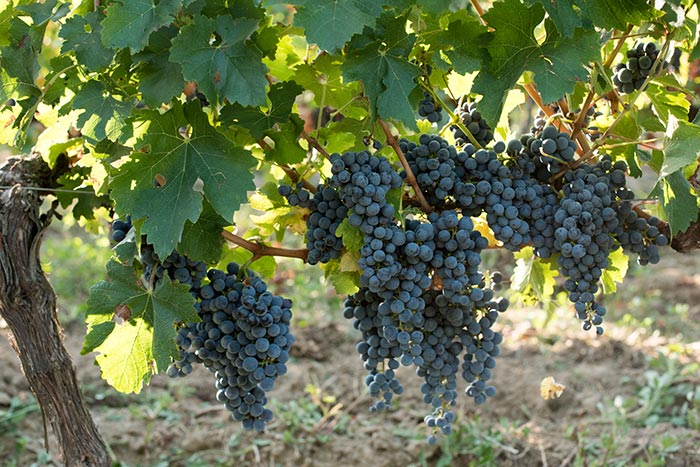The 12 steps of our quality approach
Agronomic assessment of soils. Organic input required according to soil analyses.
Pruning control (maximum 6 buds per vine) and staggering of production on the trellis. Elimination of double buds when breaking the vine.
Plot monitoring of flowering and maturity to harvest on the optimum date.
Reasoned phytosanitary control. Planting of hedges to develop the flora and promote biodiversity.
Grass between the rows at the end of spring to limit the water supply to the vine during the summer period.
Search for a maximum leaf area in order to obtain rich and colorful grapes.
Partial stripping of the leaves at the level of the grapes (July on the rising sun side, August on the setting sun).
Green harvest: partial and selective thinning at the end of veraison to obtain uniform ripening of all the grapes.
Harvests at optimum ripeness. Destemming before vatting.
Fermentation control (temperature, speed).
Aging under marc and micro-oxygenation to increase the roundness of the wines, the length in the mouth and reduce the tannic aggressiveness.
Aging in barrels to improve the aromatic palette.





